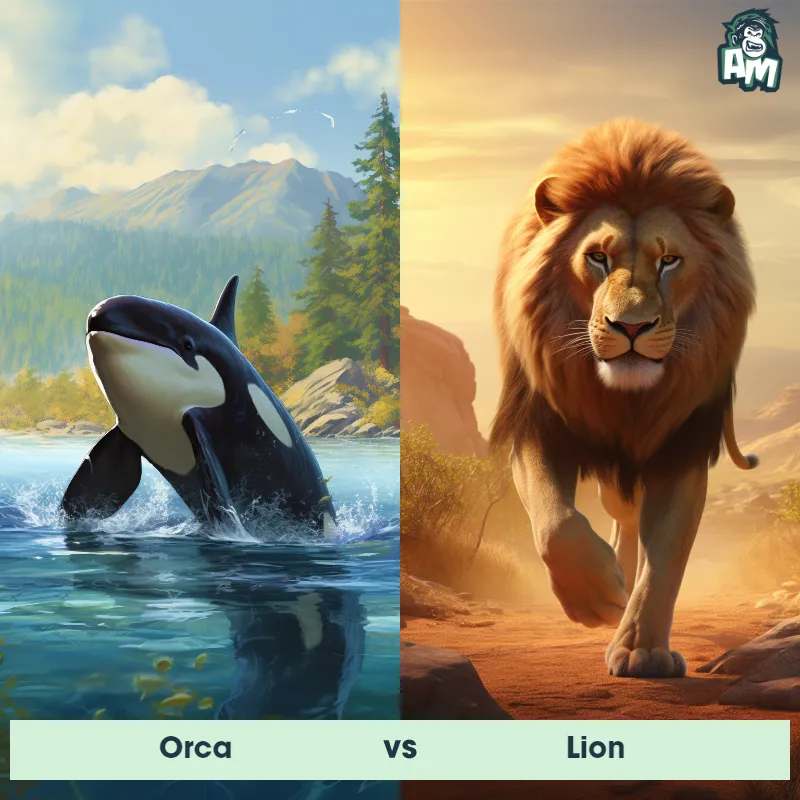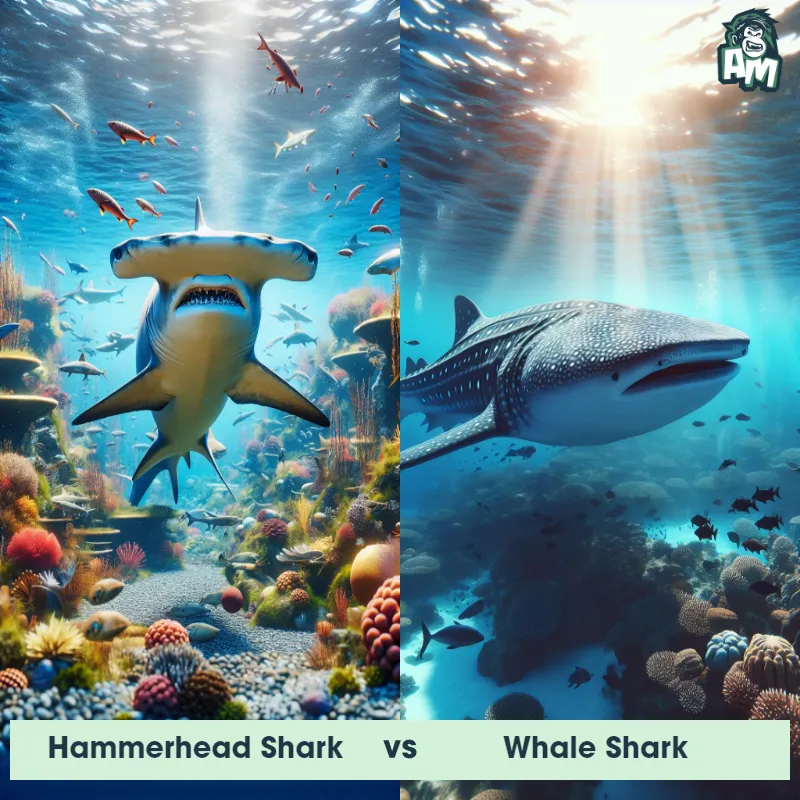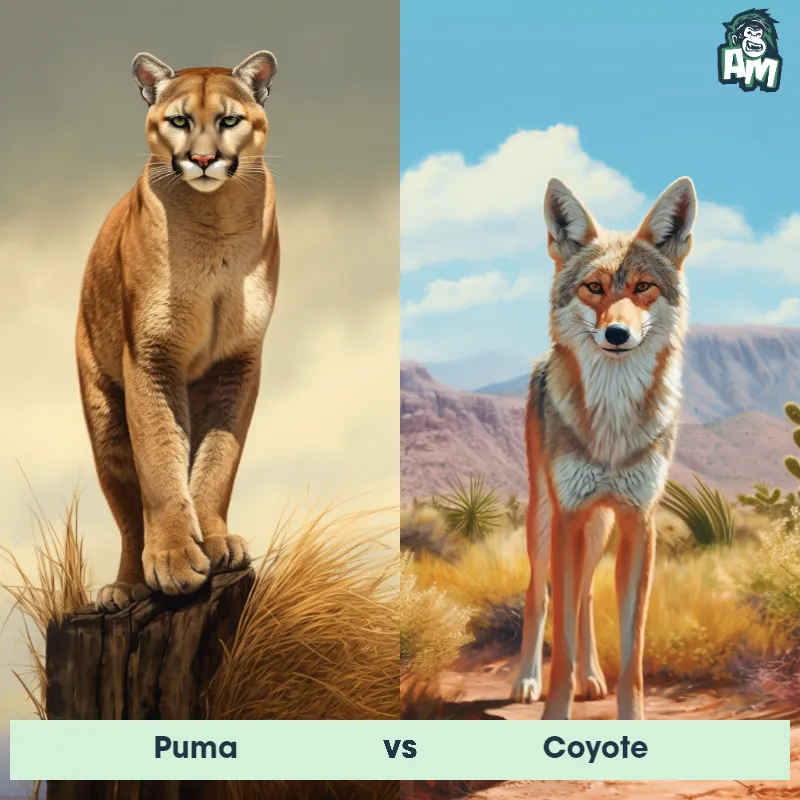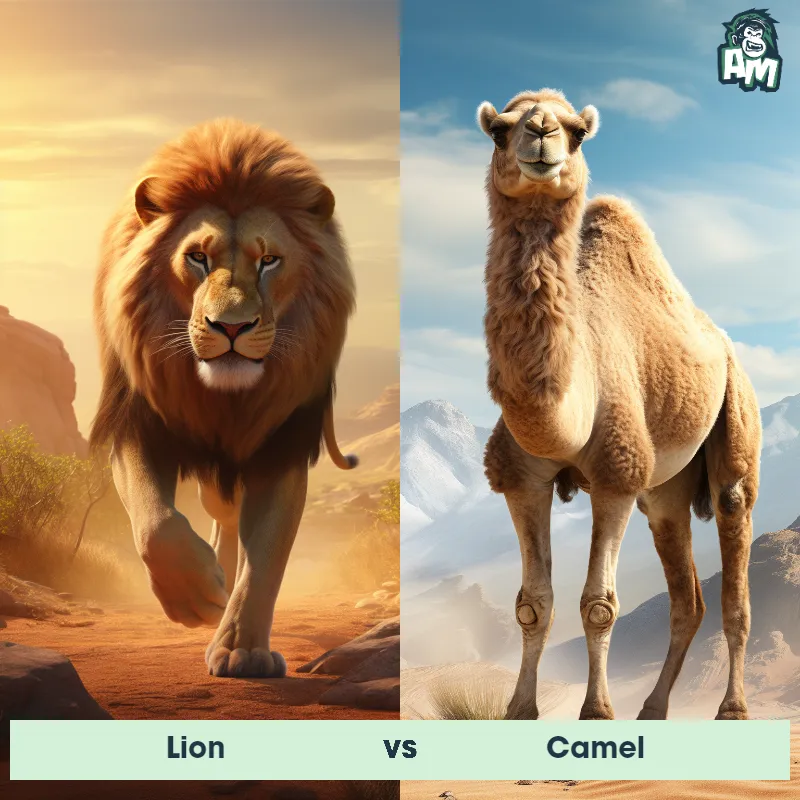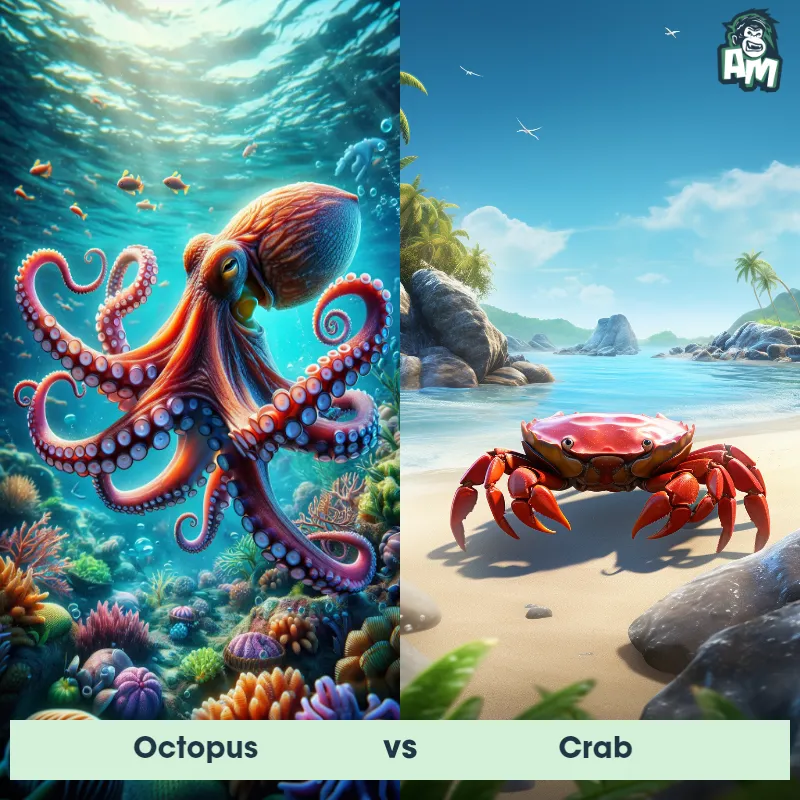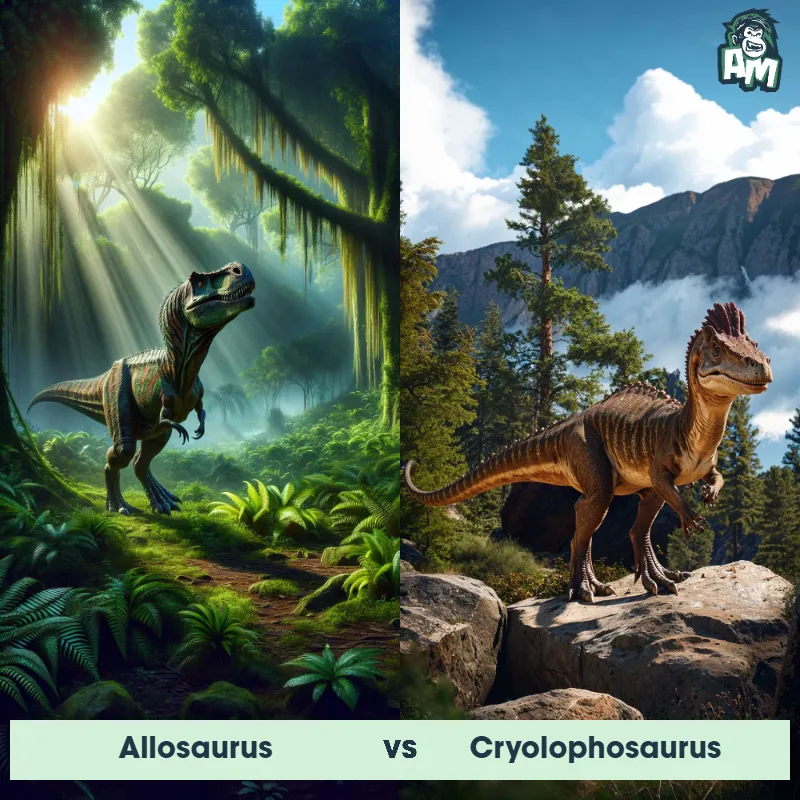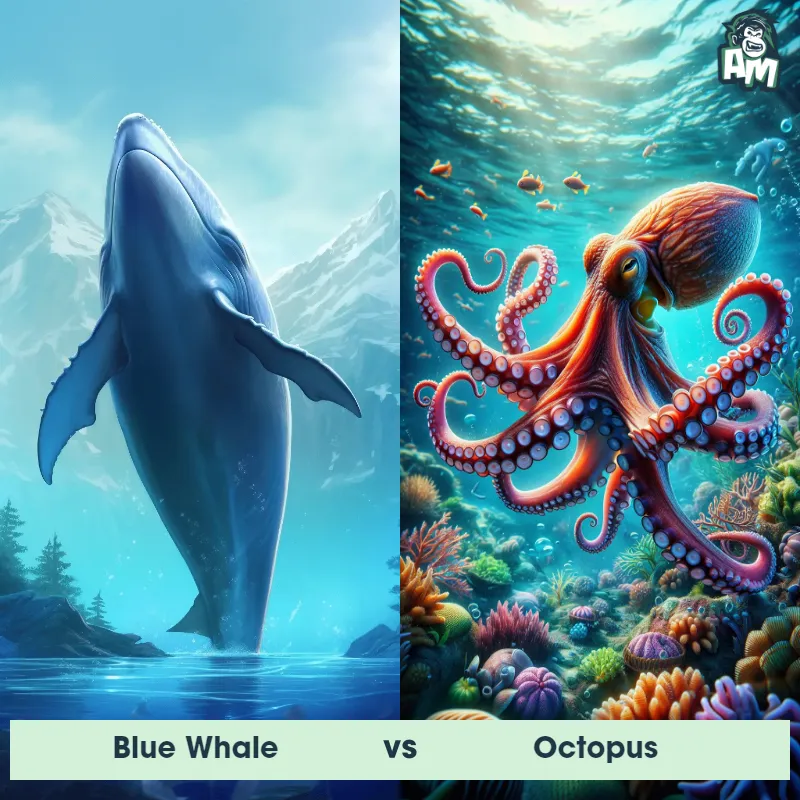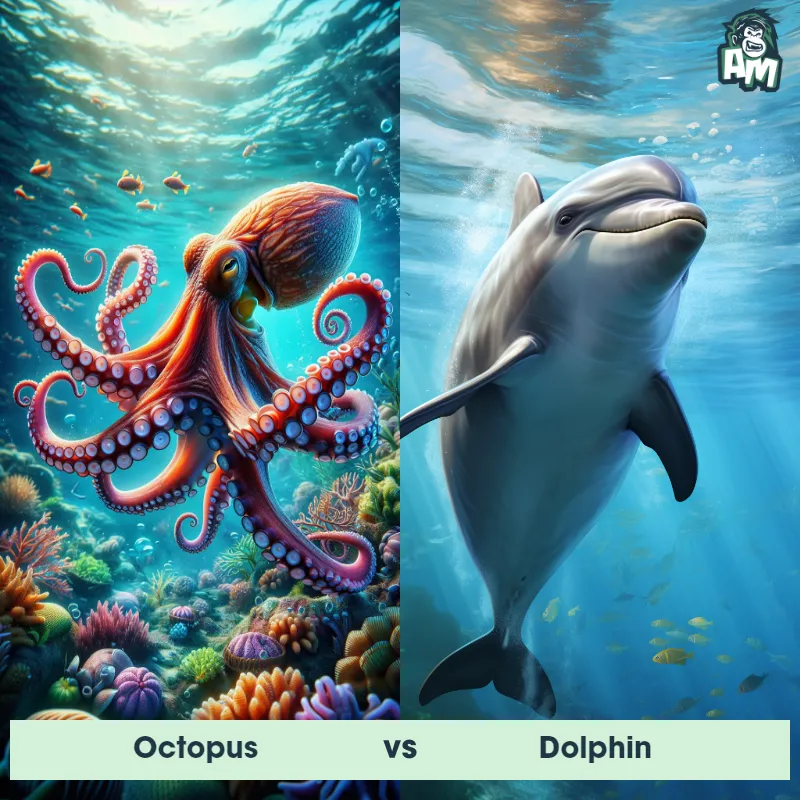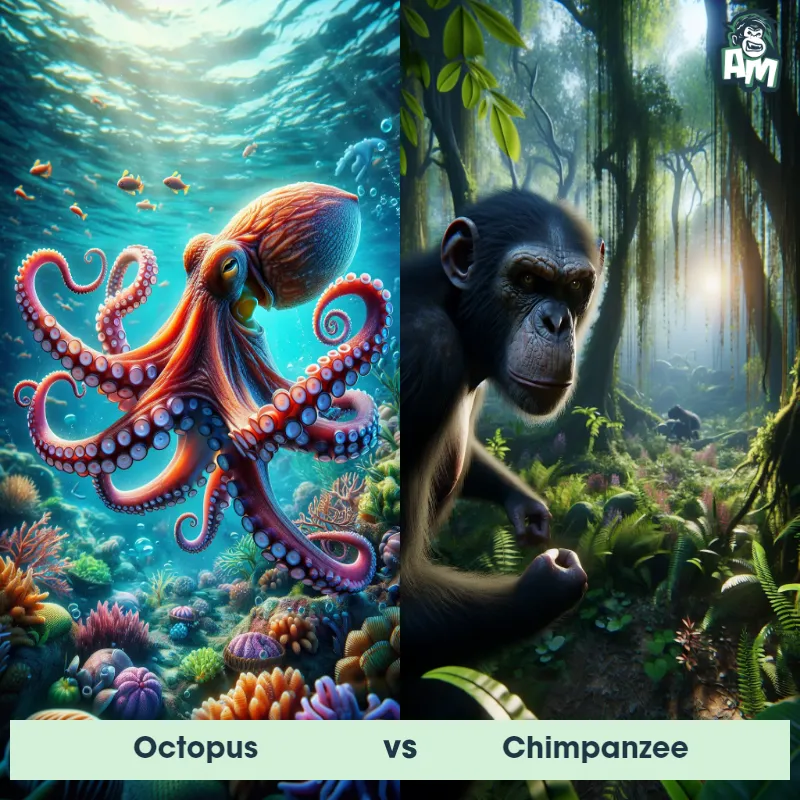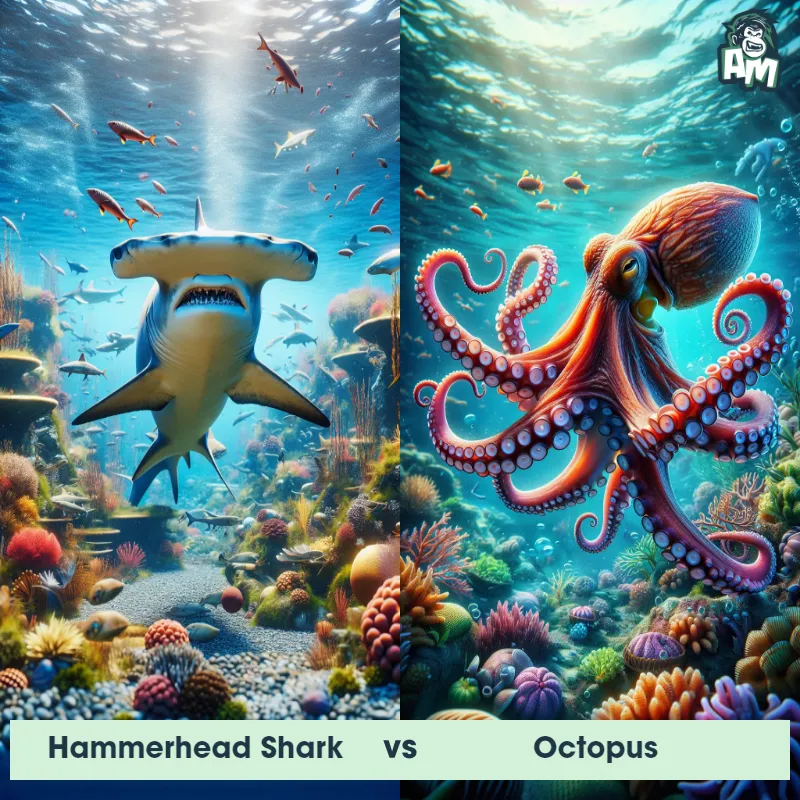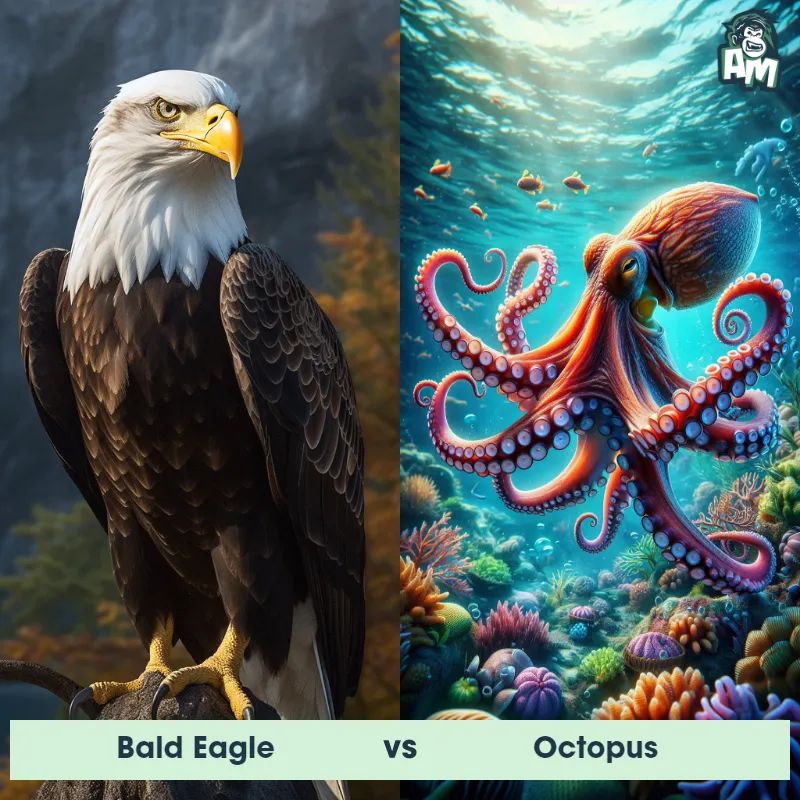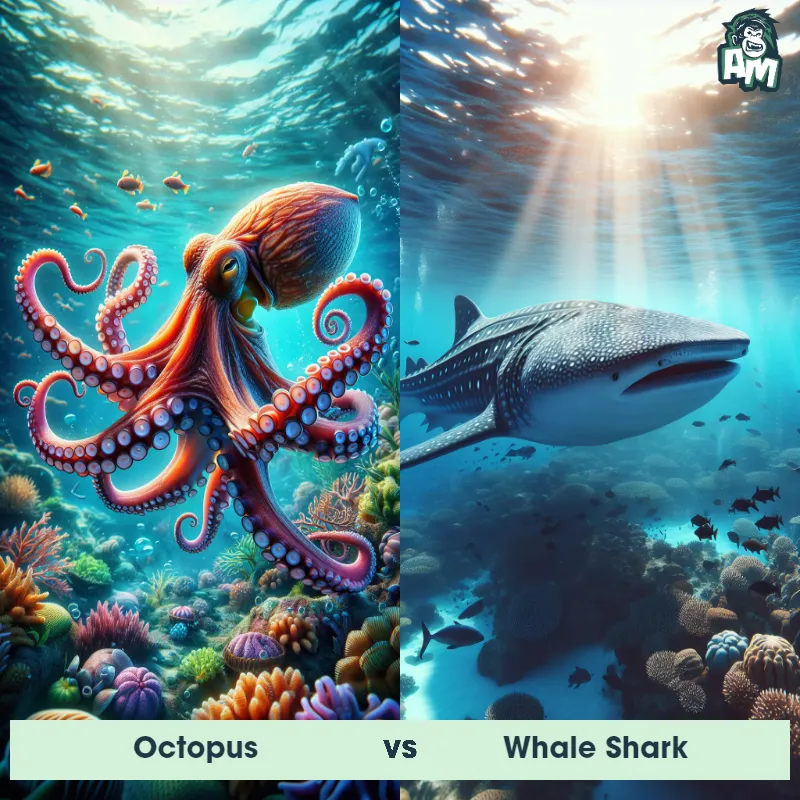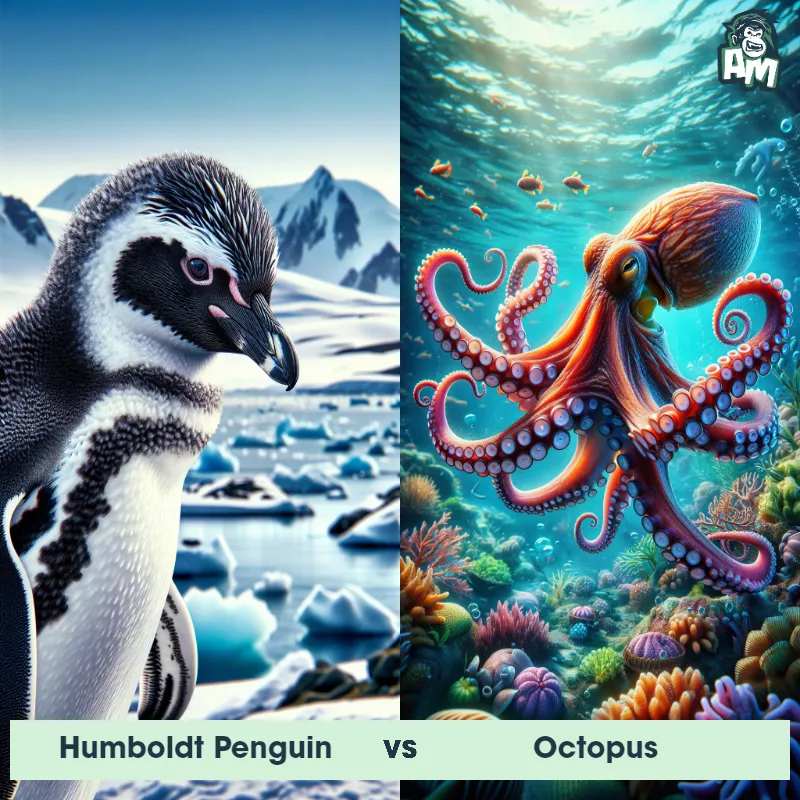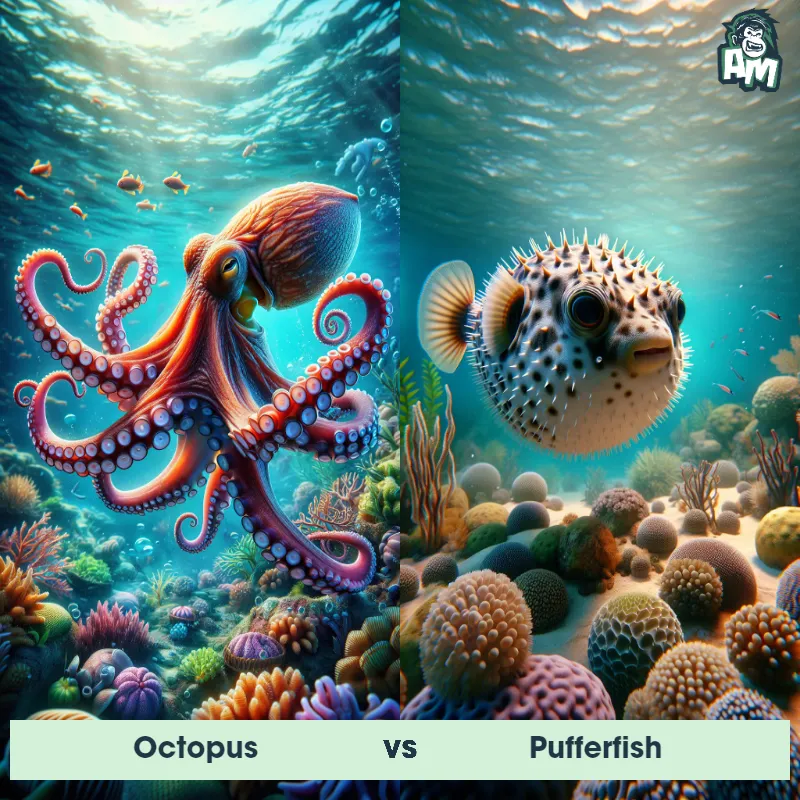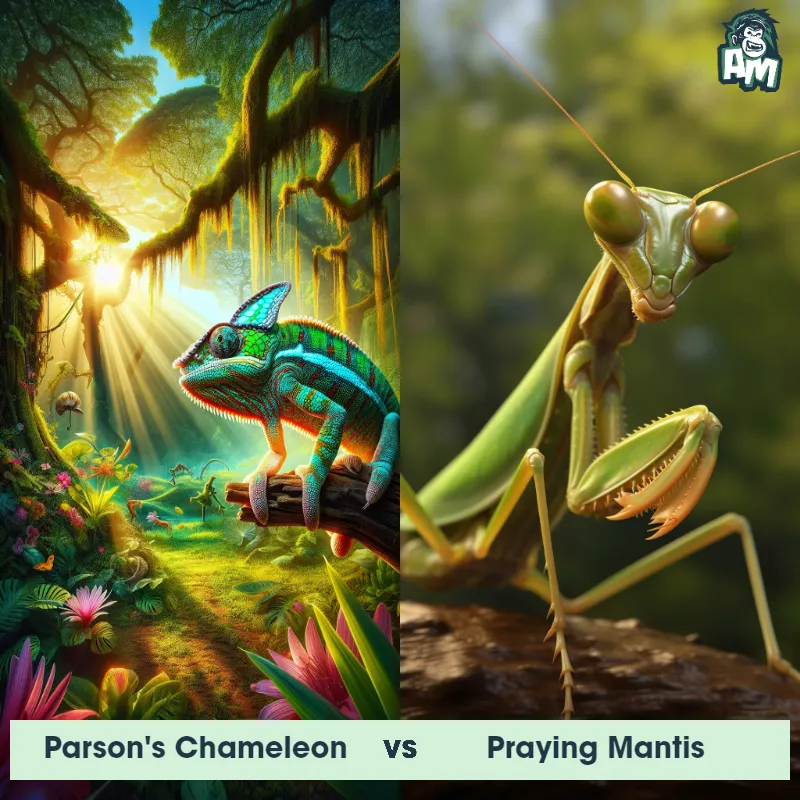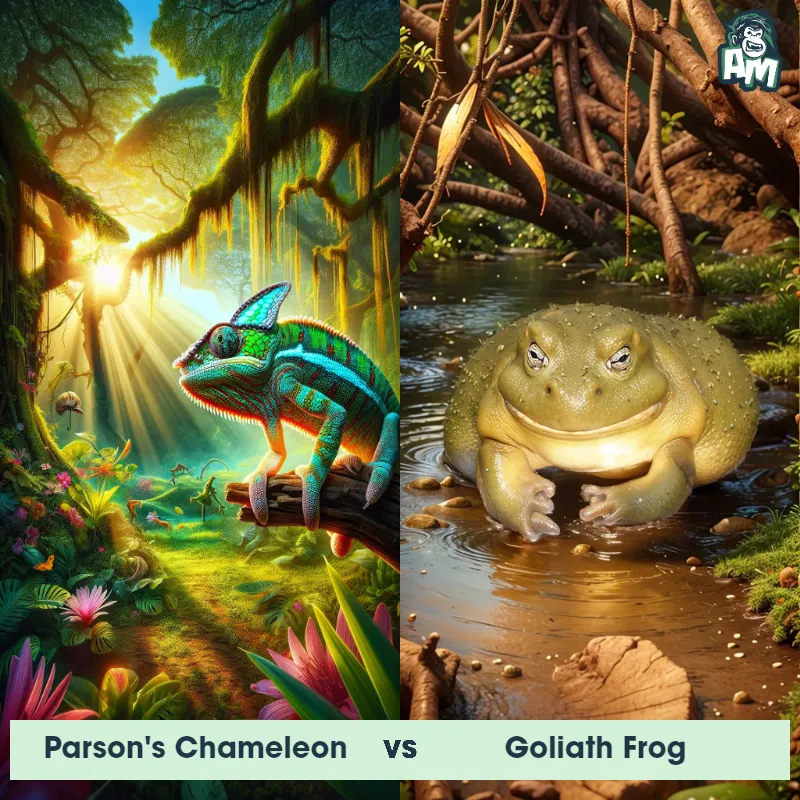Parson's Chameleon vs OctopusSee Who Wins

Welcome, ladies and gentlemen, to this epic showdown between a Parson's chameleon and an Octopus. Both creatures are ready to give it their all in this three-round fight. Let's see who comes out on top in this unique matchup!
Contender 1: Parson's Chameleon
The Parson's Chameleon, native to Madagascar, is one of the largest chameleon species in the world, reaching lengths of up to 27 inches. It has a striking appearance with vibrant green, blue, and yellow skin, as well as a large casque-like structure on its head. These reptiles are known for their slow movements and unique ability to change color.
Fun Fact: The Parson's Chameleon is capable of rotating its eyes independently, allowing it to see in two different directions simultaneously.
Contender 2: Octopus
The octopus is a fascinating marine creature known for its rounded body, large eyes, and eight long arms lined with suckers. They belong to the class of mollusks known as cephalopods and are widely regarded as the most intelligent invertebrates. The octopus's skin color and texture can change dramatically, a trait used for both communication and camouflage. Octopuses are carnivorous, feeding mainly on crabs, shrimp, and other small sea creatures.
Fun Fact: Octopuses have three hearts; two pump blood to the gills, while the third pumps it to the rest of the body.
Matchup Stats
| Parson's Chameleon | Octopus | |
|---|---|---|
| Size | Up to 27 inches (68.5 cm) | Varies by species, from 1 inch (2.5 cm) to 14 feet (4.3 m) in arm span |
| Weight | 1-2 pounds (0.45-0.9 kg) | Varies by species, from less than 1 ounce (28 grams) to 600 pounds (272 kilograms) for the largest species, the Giant Pacific Octopus |
| Speed | 3mph (4.8km/h) | 25mph (40km/h) |
| Key Strength | Camouflage | High intelligence, ability to change skin color and texture for camouflage, and use of ink for defense |
| Biggest Weakness | Slow movement | Soft body with no skeletal structure, making them vulnerable to larger predators |
Current Votes
Parson's Chameleon vs Octopus
See Who Wins
View More Matches
Looking For More?
Similar Matches
Scientific Stats
| Parson's Chameleon | Octopus | |
|---|---|---|
| Scientific Name | Calumma parsonii | Octopoda |
| Family | Chamaeleonidae | Octopodidae |
| Habitat | Forests | Marine environments, from shallow coastal waters to deep-sea trenches |
| Geography | Madagascar | Worldwide, in all oceans |
| Diet | Insects, small birds, and small mammals | Carnivorous, feeding mainly on crabs, shrimp, and other small sea creatures |
| Lifespan | 8 years - 10 years | 1 year - 5 years |
Key Differences between Parson's Chameleon and Octopus
- Size: The Parson's chameleon is a much larger animal, growing up to 27 inches long, while the Octopus is significantly smaller, with the largest species reaching about 16 feet in length.
- Body structure: The Parson's chameleon has a distinct reptilian appearance with scales, claws, and a tail, whereas the Octopus has a soft, gelatinous body with no bones and eight arms.
- Diet: Parson's chameleons are insectivores, feeding on a variety of insects and small invertebrates, whereas Octopuses are carnivores that primarily eat crustaceans, mollusks, and fish.
- Habitat: Parson's chameleons are arboreal creatures found in the rainforests of Madagascar, while Octopuses are marine animals that inhabit the world's oceans, from shallow intertidal zones to the deep sea.
- Coloration: Parson's chameleons typically have vibrant green and blue hues with patterns of stripes and spots, while Octopuses can change their color and texture to blend into their surroundings using specialized cells called chromatophores.
- Locomotion: Parson's chameleons move slowly on tree branches using their prehensile tails and strong limbs, while Octopuses are agile swimmers that propel themselves through the water using a jet of water expelled from their mantles.




